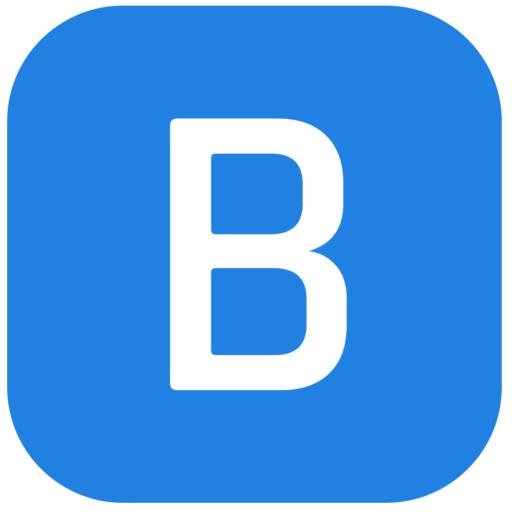From clunky adapters to $80 apps, I’ve tried every call-recording method. Apple’s iOS 18.5 update finally delivers the fix.
By

Crystal Bell
Digital Culture Editor
Crystal Bell is the Culture Editor at Mashable. She oversees the site’s coverage of the creator economy, digital spaces, and internet trends, focusing on how young people engage with others and themselves online. She is particularly interested in how social media platforms shape our online and offline identities.
on

Apple’s new call-recording feature is a game-changer for me.
Credit: James Martin / CNET Group Composite
As a journalist, I live and die by my interviews. And for years, recording phone calls has been the most annoying part of my workflow.
I’ve tried it all. Voice Memos while putting the call on speaker phone. External recorders. At one point, I shelled out $79.99 a year for the TapeACall app, a workaround that felt more like a hack than a solution. (It worked perfectly fine, but only after dialing into a third-party number and merging the calls, which meant explaining that clunky process to every source, every time.) Before that, I used an Olympus Telephone Pick-up Microphone that connected my iPhone to my recorder. And before that, a literal landline adapter — the VEC TRX-20 Telephone Call Recording Adapter — that plugged into the base of my desk phone like it was 2004. I will forever be haunted by the time I plugged it into the wrong receiver jack on my Sony recorder, only to realize after the interview that I’d captured nothing. I had to call the source back and redo the whole thing.
So when Apple announced a native call-recording and transcription feature in iOS 18, I was intrigued. Now, with the iOS 18.5 update, I’ve finally had a chance to test it on real interviews, and it’s genuinely game-changing for me.
Here’s how it works: When you’re on a phone call, a little waveform icon appears in the upper-left corner of the screen. Tap it, and a notification pops up, letting you know the call is being recorded. The person on the other end hears an audio cue from Siri, too, which, from a legal and ethical standpoint, is crucial. Then the magic happens: your iPhone not only records the call, but transcribes it automatically. And it stores the audio and transcript in your Notes.
Mashable Light Speed
I first tested the feature while reporting a story about Labubu, a wide-eyed, slightly unhinged-looking collectible figure with a rabid online fanbase. I had multiple phone interviews lined up, and instead of juggling TapeACall or scheduling a Zoom interview only to record the audio, I just tapped the waveform icon when the call began. It was easy. The person on the other end got a notification, and I could actually focus on the conversation without worrying if the tech would betray me.
And the transcription? Surprisingly accurate. Not perfect, but good enough that I can search for quotes, scan back through key moments, and even pull blocks of text with minimal cleanup. I’ve found its accuracy similar to Otter.ai, a service I also use to help transcribe audio files. Both made the same charming mistake recently: transcribing “Labubu” as “little boo-boo.” Honestly, I get it. It’s a mistake your dad would make, too.
But the biggest difference is time. The hours I used to spend relistening to entire interviews (and cringing over my own voice) just to find one quote are now saved by a scroll and a keyword search. I’m also more present on calls now, not distracted by frantic typing or worrying whether my app-of-the-week is actually working.
It’s not just a convenience feature. For anyone whose job relies on accuracy, consent, and efficiency — journalists, researchers, even caregivers — it’s a quietly revolutionary update. And for those of us who remember fiddling with plastic adapters and praying the red light stayed on, it feels like we’ve finally caught up to the future.

Crystal Bell is the Culture Editor at Mashable. She oversees the site’s coverage of the creator economy, digital spaces, and internet trends, focusing on how young people engage with others and themselves online. She is particularly interested in how social media platforms shape our online and offline identities.
She was formerly the entertainment director at MTV News, where she helped the brand expand its coverage of extremely online fan culture and K-pop across its platforms. You can find her work in Teen Vogue, PAPER, NYLON, ELLE, Glamour, NME, W, The FADER, and elsewhere on the internet.
She’s exceptionally fluent in fandom and will gladly make you a K-pop playlist and/or provide anime recommendations upon request. Crystal lives in New York City with her two black cats, Howl and Sophie.
These newsletters may contain advertising, deals, or affiliate links. By clicking Subscribe, you confirm you are 16+ and agree to our Terms of Use and Privacy Policy.

